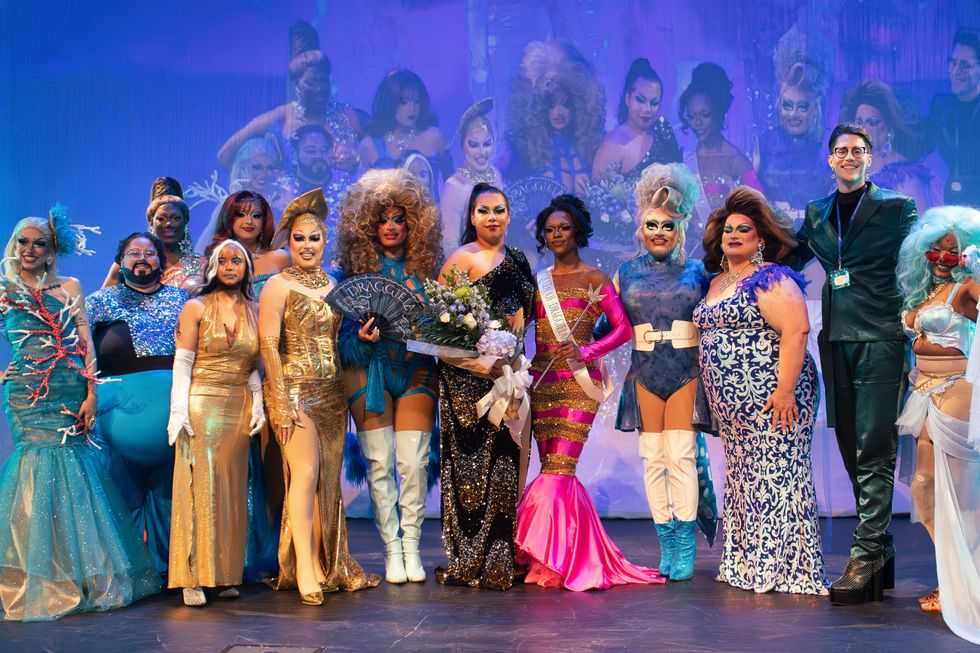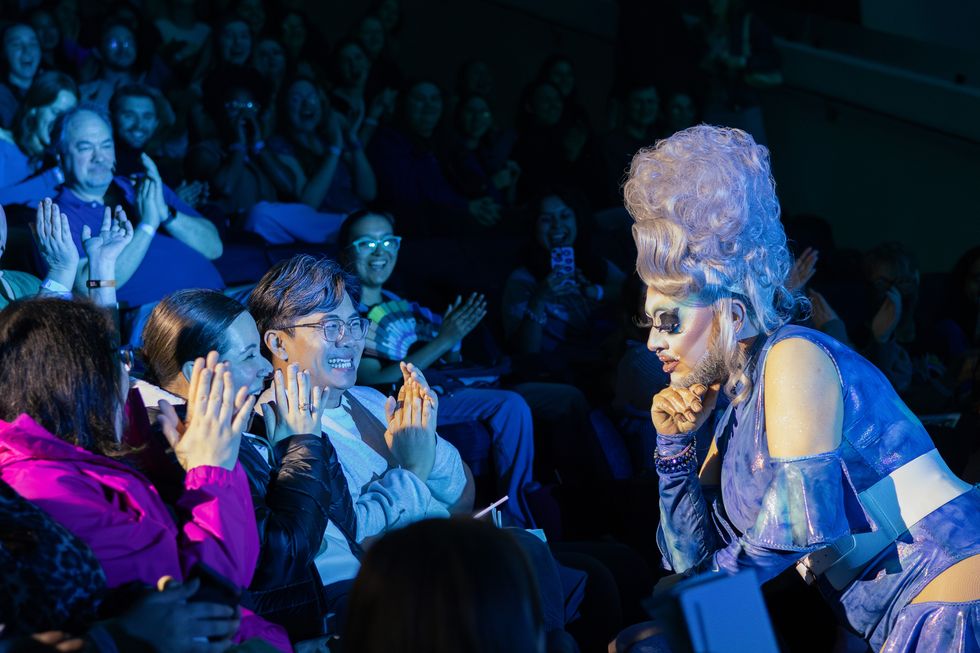By Maya Kachroo-Levine
Let’s face it: In high school, learning outside the classroom is a rarity. Some high schools offer the occasional service project or career development opportunity within the community. But for the most part, practical application and internships are reserved for college students while high schools focus on core curriculum — and keeping the students in the building.
At Purdue Polytechnic High School, they’ve thrown the rule book pretty far out the window. They don’t want to be a school that tacks on community engagement for one end-of-year project. They want community engagement to be the foundation.
Purdue Polytechnic High is still new — and all those involved know it’s a work in progress, although they’re heartened by the initial success. In July 2017, they welcomed 154 freshmen students. The Indianapolis-based high school plans to add one grade level at a time until they have about 600 students. In addition to encouraging an integrated, hands-on curriculum, this polytechnic school also aims to provide a more enriching high school experience to low-income, underrepresented minority students.
Head of school Scott Bess thinks one of the reasons Purdue Polytechnic High School has seen such initial success is that their community integration program isn’t just an initiative that was “bolted on” to the curriculum. It isn’t an afterthought or a program that’s just being tested for a few months.
“It is, and has been from the beginning, the core element that the school is built on,” he says.
To make the community integration program possible, PPHS partners with local businesses. They encourage their students to absorb and learn from the culture and community Indianapolis has to offer.
Recently, Purdue Polytechnic High partnered with the Indianapolis Zoo, and their staff gave the students a challenge: create projects that will lead to increased conservation in Indianapolis. They hosted the students at the zoo for a full day and organized meetings with zoo staff to talk about conservation.
“It turns out that businesses and community organizations have a strong desire to be involved with schools but struggle to understand how or when to get involved in a meaningful way,” Bess says.
Local businesses have created projects for Purdue Polytechnic High students, and many of their employees have volunteered to judge student pitches, serve as project advisors, and mentor students. As of now, 30 businesses are engaged with the school, and 100 community volunteers have gone through background checks so they can interact with the students.
”The business community quickly embraced the idea that they could do more than serve on an advisory board or donate money,” Bess adds.
The latest project the students have been tasked with is in partnership with Fair Oaks Farm, a large dairy organization.
“Their challenge to the students is to create projects that would allow, by the year 2050, over 9 billion people on the planet to be fed without destroying the natural resources,” Bess explains.
The Fair Oaks Farm project is unique because it can start in ninth grade and continue over the student’s time at Purdue Polytechnic High. As the students gain more academic skills, their solutions will evolve.
[quote position="full" is_quote="false"]By generating solutions for Fair Oaks Farm, the Indianapolis Zoo, and other businesses Bess has partnered with, the students are learning to apply academics to real-world problems while being exposed to careers they may not have known existed.[/quote]
“Just last week, we had a guest speaker come in to talk about the concept of organic farming and genetically modified farming,” Bess says. “We had several students who had never considered applying their interest in biology to farming and agriculture in general. After the talk, they stayed behind and peppered [the guest] with questions on how she got to where she was.”
Creating a culture of students who want to inspire change — at every level: That’s what PPHS offers their students on a wider scale.
[quote position="full" is_quote="false"]Not only is the community exposure opening students’ eyes to careers they weren’t aware of, it’s opening their eyes to problems they didn’t know they could solve.[/quote]
In addition to the community integration programs, the students have instructor-led classes. However, it’s not your run-of-the-mill high school classes. Teachers offer workshops, one-on-one or small group instruction in response to what the students need. Students actually create their own schedule each week based on areas of interest or learning needs.
Their classes combine an academic skill with the challenge they’re currently facing. During the zoo challenge, their workshop was called Linear Equations and Elephant Populations. The class was offered at various times throughout the week so that every student could take it at a time that worked for him or her.
Purdue Polytechnic High School plans to open up to 10 schools in Indiana, thereby expanding their mission to expose students to real-world problems and give them the tools to provide solutions. Ultimately, the community integration program is more than a new-fangled school curriculum. It’s providing puzzle pieces for education reform on a larger scale.
And at the local level, it’s bridging the gap between young students and their community — and creating a more engaging high school experience for these 154 students.
















 Let us all bow before Gary, the Internet's most adventurous feline. Photo credit: James Eastham
Let us all bow before Gary, the Internet's most adventurous feline. Photo credit: James Eastham Gary the Cat enjoys some paddling. Photo credit: James Eastham
Gary the Cat enjoys some paddling. Photo credit: James Eastham James and Gary chat with Ryan Reed and Tony Photo credit: Ryan Reed
James and Gary chat with Ryan Reed and Tony Photo credit: Ryan Reed

 Rock deterioration has damaged some of the inscriptions, but they remain visible. Renan Rodrigues Chandu and Pedro Arcanjo José Feitosa, and the Casa Grande boys
Rock deterioration has damaged some of the inscriptions, but they remain visible. Renan Rodrigues Chandu and Pedro Arcanjo José Feitosa, and the Casa Grande boys The Serrote do Letreiro site continues to provide rich insights into ancient life.
The Serrote do Letreiro site continues to provide rich insights into ancient life.

 The contestants and hosts of Draggieland 2025Faith Cooper
The contestants and hosts of Draggieland 2025Faith Cooper Dulce Gabbana performs at Draggieland 2025.Faith Cooper
Dulce Gabbana performs at Draggieland 2025.Faith Cooper Melaka Mystika, guest host of Texas A&M's Draggieland, entertains the crowd
Faith Cooper
Melaka Mystika, guest host of Texas A&M's Draggieland, entertains the crowd
Faith Cooper


